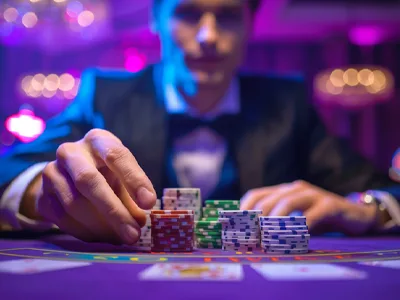While you can’t eliminate the edge, applying the best strategy gives you the best chance of success
The house edge in live dealer blackjack is the built-in mathematical advantage that the casino holds over players. This edge varies depending on the game’s rules, the number of decks in play, and the player’s strategy. Unlike traditional online blackjack, where a random number generator determines outcomes, live dealer blackjack uses real cards dealt by human dealers, making it feel more like a casino experience.
One of the main factors influencing the house edge is the number of decks used. A single-deck game typically offers a lower edge than a game with multiple decks. This is because fewer decks make it easier to track which cards have been played, giving skilled players an advantage. However, most live dealer games use six to eight decks, increasing the casino’s advantage.
Rules also play a big role in determining the house edge. Common rule variations include whether the dealer stands or hits on a soft 17, the ability to double down after splitting, and whether surrender is allowed. For example, if the dealer must hit on a soft 17, the house edge increases. On the other hand, allowing players to double down after splitting or surrender lowers the casino’s advantage.
Strategy is another key factor. Using basic strategy, which involves making mathematically optimal decisions for every hand, can significantly reduce the house edge. Players who follow basic strategy can lower the edge to around 0.5%, while those who make decisions based on intuition or emotion often face a much higher edge.
Live dealer blackjack also removes concerns about rigged software, as real cards are dealt in real time. However, the house edge remains in place, ensuring the casino’s long-term profitability.

